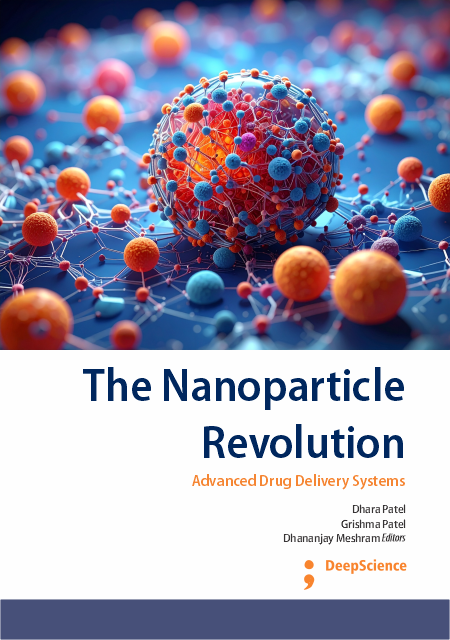Niosome: A Vesicular Drug Delivery Tool
Synopsis
Niosomes are non-ionic surfactant-based vesicular systems that have emerged as an advanced drug delivery platform. Their bilayer structure enables the encapsulation of hydrophilic, hydrophobic, and amphiphilic drugs, making them highly versatile. Compared with liposomes, niosomes exhibit greater stability, cost-effectiveness, and ease of production. This chapter discusses the composition, methods of preparation, characterization, mechanisms of drug release, applications, advantages, limitations, and future perspectives of niosomes in drug delivery. Recent advances such as stealth niosomes, stimuli-responsive niosomes, and targeted delivery applications, are also reviewed. Since they increase the solubility and stability of pharmaceutical substances when taken orally, niosomes—which are widely known for their non-ionic surfactant properties—are regarded as novel drug delivery techniques. The self-assembly of several hydrated non-ionic surfactant types and amphiphile monomers in aqueous media has been demonstrated to form niosome vesicles, which are closed bilayer structures that may exist in aqueous fluids. According to thermodynamics, these assemblies are known as liquid crystal structures because the monomers within them retain a broad spectrum of kinetic activity. The final systems are just the culmination of all the many procedures used to disperse monomers and solvents.














